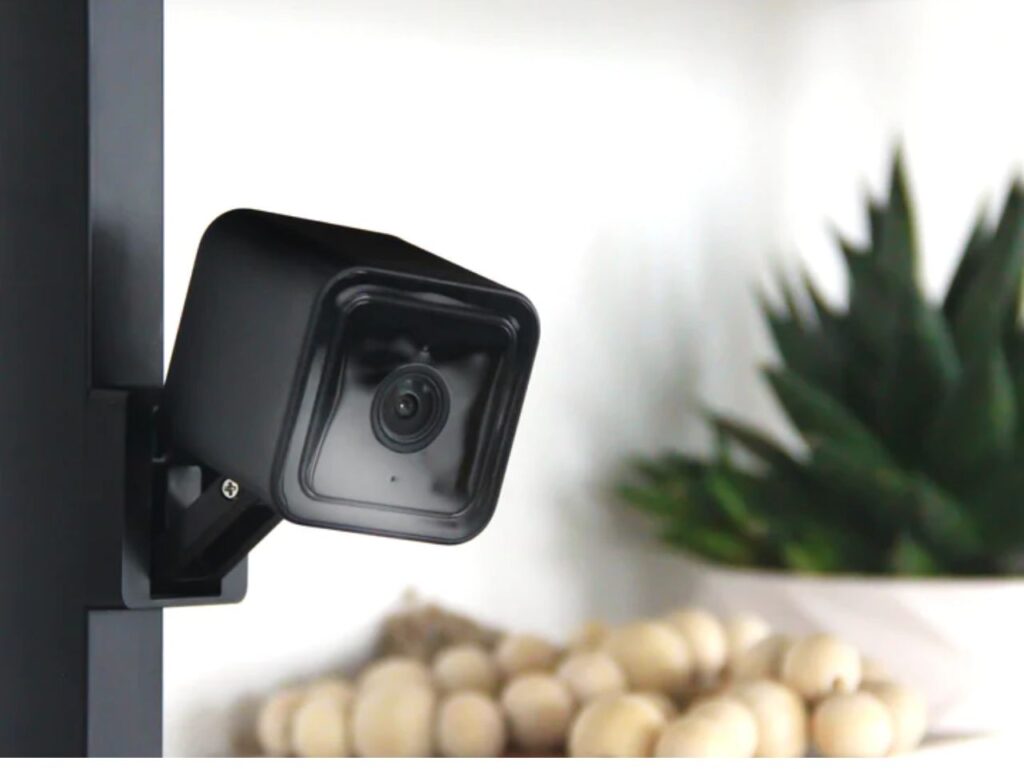Security Management in Protecting Your Business Assets
In today’s rapidly evolving business environment, the importance of security cannot be overstated. Whether you run a small local shop or manage a large multinational corporation, the threats to your business assets are constant and multifaceted. From physical theft and vandalism to sophisticated cyberattacks, businesses face a wide array of security challenges. This is where security management comes into play—a comprehensive strategy that integrates various security measures to protect your business assets effectively. Understanding Security Management What is Security Management? Security management is a holistic approach to safeguarding a business’s assets by integrating physical, digital, and personnel security measures. It involves identifying potential threats, assessing risks, and implementing strategies to mitigate these risks. The goal is to create a secure environment that protects not only tangible assets, such as equipment and inventory, but also intangible assets, such as data, intellectual property, and the well-being of employees. At its core, security management is about balance. It requires a coordinated effort to address both physical and digital threats, ensuring that security measures are comprehensive yet flexible enough to adapt to new challenges. This approach is particularly important in today’s business landscape, where the lines between physical and digital assets are increasingly blurred. Why is Security Management Crucial for Businesses? The consequences of inadequate security management can be devastating. Businesses that fail to protect their assets may face significant financial losses, damage to their reputation, and even legal repercussions. For instance, a data breach can lead to the loss of sensitive customer information, resulting in costly fines and a loss of customer trust. Similarly, a lack of physical security measures can lead to theft, vandalism, or even workplace violence, all of which can disrupt operations and harm employees. Moreover, the rise of cybercrime has made security management more important than ever. Cyberattacks are becoming increasingly sophisticated, targeting businesses of all sizes and industries. From ransomware to phishing scams, these attacks can cripple a business’s operations, leading to significant downtime and financial losses. Without a robust security management system in place, businesses are left vulnerable to these ever-evolving threats. Key Elements of Effective Security Management What are the Core Elements of a Security Management System? An effective security management system consists of several key elements, each designed to address specific aspects of security. These elements include: AI-Powered Surveillance: Artificial intelligence (AI) is revolutionizing the way businesses monitor and respond to security threats. AI-powered surveillance systems can analyze video footage in real-time, identifying potential threats and alerting security personnel before an incident occurs. These systems can also learn and adapt to new patterns of behavior, making them more effective at detecting unusual activity. Smart Access Control Systems: The rise of the Internet of Things (IoT) has led to the development of smart access control systems that can be integrated with other security technologies. These systems use biometric authentication, mobile credentials, and real-time monitoring to provide a higher level of security than traditional access control methods. They also offer greater flexibility, allowing businesses to easily manage access permissions and track who is entering and exiting their facilities. Cloud-Based Security Solutions: Cloud-based security solutions are becoming increasingly popular due to their scalability, flexibility, and cost-effectiveness. These solutions allow businesses to manage and monitor their security systems remotely, providing real-time access to data and analytics. Cloud-based security also offers enhanced protection against cyber threats, as it allows for automatic updates and continuous monitoring of potential vulnerabilities. Focus on Cyber-Physical Security Integration: As the distinction between physical and digital assets continues to blur, there is a growing emphasis on integrating cyber and physical security measures. This approach, known as cyber-physical security, involves coordinating physical security measures, such as access control and surveillance, with cybersecurity measures, such as firewalls and encryption. By integrating these systems, businesses can create a more comprehensive and cohesive security strategy that addresses both physical and digital threats. Data-Driven Security Strategies: The use of big data and analytics is transforming the way businesses approach security management. By analyzing large volumes of data, businesses can identify patterns and trends that may indicate potential security threats. This data-driven approach allows businesses to take a more proactive stance on security, enabling them to anticipate and mitigate risks before they escalate. What Steps Should Businesses Take to Strengthen Their Security Management? As security management continues to evolve, businesses must take proactive steps to strengthen their security strategies. Here are some key steps businesses can take: Embrace Technology: Stay ahead of the curve by adopting the latest security technologies. Invest in AI-powered surveillance, smart access control, and cloud-based security solutions to enhance your security measures and stay protected against new threats. Conduct Regular Security Audits: Regularly review and update your security measures to ensure they are effective and up to date. This includes conducting security audits, testing your systems, and addressing any vulnerabilities that are identified. Foster a Culture of Security: Promote a security-conscious culture within your organization by providing ongoing training and encouraging employees to take an active role in security. This includes educating employees on the latest security threats and best practices, as well as rewarding good security behavior. Integrate Cyber and Physical Security: Take a holistic approach to security by integrating cyber and physical security measures. This will help you create a more comprehensive security strategy that addresses all potential threats to your business assets. Stay Informed: Keep up with the latest trends and developments in security management. This includes staying informed about new technologies, emerging threats, and best practices for protecting your business assets. In today’s complex business environment, security management is more important than ever. By taking a proactive approach to security, businesses can protect their assets, prevent potential threats, and create a secure environment that fosters growth and success. Whether you’re a small business owner or a corporate executive, investing in a robust security management system is essential for the long-term success of your business.
Security Management in Protecting Your Business Assets Read More »


